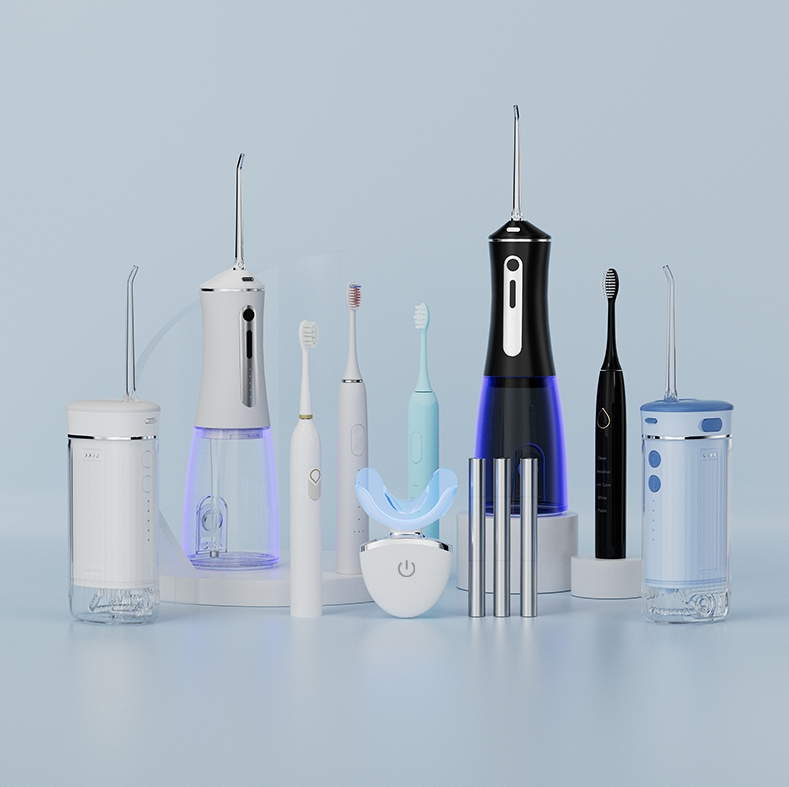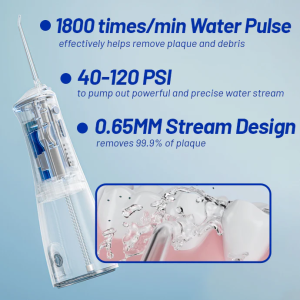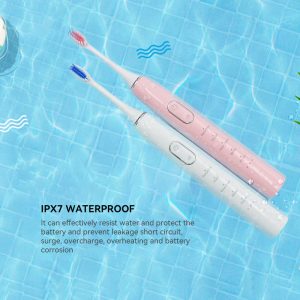In today’s competitive dental and personal care device market, ensuring the optimal performance of every component is crucial not only for product reliability but also for patient safety. Recently, manufacturers and dental professionals have raised concerns about how LED Light Malfunction in dental appliances might exacerbate Enamel Abrasion Concerns. This article explores the link between these issues, examines the underlying causes, and discusses practical solutions to mitigate potential risks.
Market Dynamics and Evolving Consumer Expectations
As dental care technologies continue to evolve, patients and professionals alike expect devices to deliver high performance with minimal side effects. With cosmetic dentistry on the rise, maintaining the integrity of tooth enamel is of utmost importance. Consequently, any malfunction—such as an unstable light source in LED-based devices—can trigger widespread concern. In a landscape where both functionality and safety are non-negotiable, understanding how LED Light Malfunction may influence Enamel Abrasion Concerns is crucial for manufacturers looking to sustain a competitive edge.
Role of LED Technology in Dental Care Devices
LED lights have become a popular component in many dental instruments due to their energy efficiency, longevity, and effective illumination. They are frequently integrated into devices used for tooth whitening, curing adhesives, and various diagnostic procedures. These LED systems require consistent performance to deliver precise outcomes. If an LED Light Malfunction occurs, the incorrect light output or fluctuating performance can alter treatment protocols, potentially leading to excessive or uneven energy application. Such discrepancies have the potential to contribute to Enamel Abrasion Concerns, particularly when used over prolonged treatment sessions.
How Malfunctioning LEDs May Impact Enamel Integrity
When LED systems malfunction, several issues may arise that could worsen enamel wear:
- Inconsistent Illumination: Fluctuating light intensity can lead to non-uniform exposure during dental procedures, risking over-treatment in some areas.
- Excess Heat Generation: A malfunctioning LED might produce excess heat. Prolonged exposure to this heat can soften or degrade enamel, increasing the risk of abrasion.
- Erratic Operational Cycles: If LED light output is not properly controlled, repeated cycles of high-intensity light can lead to cumulative damage. This may accelerate the abrasion process on enamel surfaces.
These effects underscore the critical importance of maintaining reliable LED performance to avoid contributing to Enamel Abrasion Concerns.
Root Causes Behind LED Light Malfunction
Identifying the root causes of LED Light Malfunction is essential for mitigating its impact on tooth enamel. Common issues include:
- Component Degradation: Over time, the LED and its associated circuitry may degrade due to environmental stresses such as temperature fluctuations or humidity.
- Manufacturing Variability: Inconsistent production processes can lead to variations in component quality, resulting in devices that are prone to malfunctions.
- Poor Thermal Management: Inadequate heat dissipation design can cause LED components to overheat, further exacerbating their malfunction and increasing thermal risk to adjacent structures.
- Subpar Quality Control: Lapses in testing and calibration during manufacturing may allow defective units to reach the market, setting the stage for potential treatment complications.
By addressing these factors, manufacturers can significantly reduce the risks associated with LED failures and their detrimental side effects.
Engineering Solutions and Preventive Strategies
Mitigating the potential link between LED Light Malfunction and Enamel Abrasion Concerns requires a multi-faceted approach:
- Enhanced Component Selection: Employ high-grade, durable LEDs that are less susceptible to performance drift over time.
- Improved Thermal Design: Integrate advanced heat management systems, such as heat sinks or active cooling elements, to stabilize LED operation.
- Rigorous Quality Control: Implement stricter testing protocols during production, including real-time monitoring of LED performance to catch anomalies before devices are shipped.
- Smart Calibration Systems: Develop software algorithms that continuously monitor and adjust LED output during dental procedures, ensuring consistent and safe operation.
- User Education: Provide comprehensive guidelines for device use and maintenance to help dental professionals spot early signs of LED issues and avoid excessive exposure.
These strategies form a robust framework to enhance device reliability and protect against treatment-induced enamel damage.
Future Directions and Continuous Innovation
Looking forward, ongoing research and development will play a pivotal role in preventing LED Light Malfunction and mitigating its impact on enamel integrity. Manufacturers should:
- Invest in emerging technologies such as AI-driven diagnostics to predict and preempt LED system failures.
- Collaborate closely with dental professionals to tailor devices that optimize both performance and patient safety.
- Adopt a continuous improvement approach, leveraging feedback from clinical settings to inform iterative design enhancements.
By embracing these forward-thinking measures, companies can ensure that their devices not only meet but exceed the high-quality standards demanded by today’s market.
Conclusion
The interplay between LED Light Malfunction and Enamel Abrasion Concerns highlights the complexity of modern dental device design. As even minor inconsistencies in illumination can lead to significant clinical implications, it is imperative for manufacturers to rigorously enhance component quality, thermal management, and quality control processes. Proactive innovation and a commitment to continuous improvement will safeguard both device performance and enamel integrity, ultimately reinforcing trust in your brand within an increasingly discerning market.
Interested in learning how to optimize LED performance and protect enamel integrity in your devices? Contact us today to discuss tailored solutions that drive both safety and excellence. Contact us athttps://www.powsmart.com/product/electric-toothbrush/



